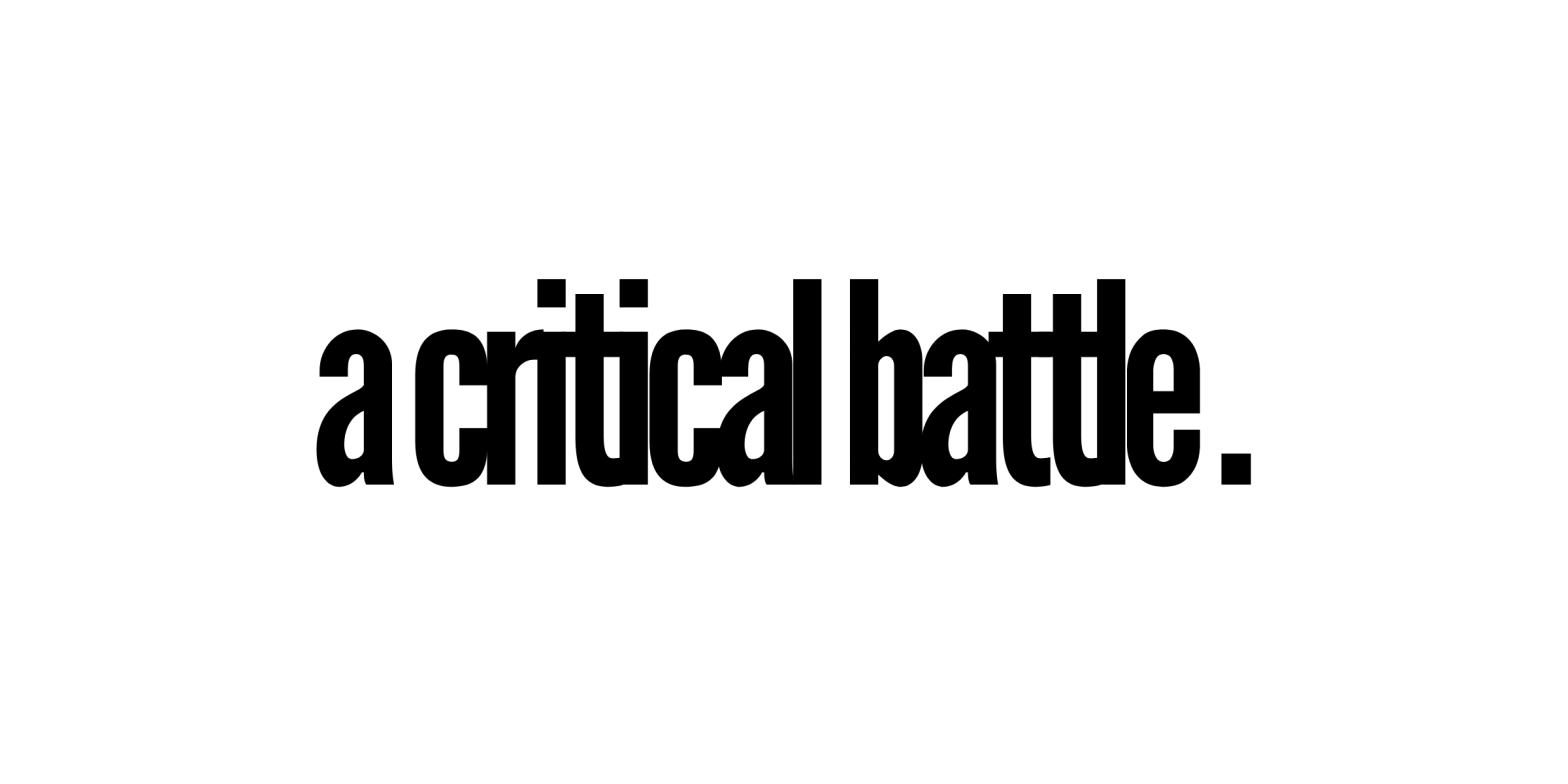In any job where you make something that will be seen by lots of people, criticism is central. They are high pressure, high review, environments.
But that’s what you sign up for right? You want, whatever it is, to be the best it can be before the masses view it, right?
Yes, even in advertising. Even though in many cases it looks like that’s not at all what they were thinking…
So you make something, and then someone else reviews it. A completely rational and confrontational scenario.
Although it isn’t, is it?
This process has created more memes, more Twitter threads, more blogs, than anything else within our industry. And yet, it has to and will always happen.
Let’s look at it from both angles …
The issue is, because adverts contain images and words and everyone has seen lots of them, everyone thinks they can do it right? And that effects the way criticism is delivered, and makes it ten times harder to stomach.
We’ve all sent something for review, and had a response involving something like “Pam from accounts thinks it could be brighter…”
Or how about… “my son knows his adverts, and he thinks the headline should be…”
Now all five of the avid readers of this blog are probably screaming at their laptops now – Alex, you always complain about adverts not being made for regular people! Surely, this feedback is important?!
Yes adverts should be made for all people. But they should not be made by them. The creation of it should be limited to people who’s role it is to do so. That boundary exists in almost all other industries – it should here too.
I have never, and will never, poke holes in Pam’s Excel formulas.
If I’m paid to decide how big a logo on something should be, no amount of emails saying make the logo bigger are going to convince me to abandon years of experience and industry-knowledge for your random logo-size-obsessed impulses.
But wait – hang on a second. I think us creatives may be getting a little over-sensitive, no? This isn’t an oil painting, or a self-exploratory poem. It’s an advert that’s used to try and sell stuff.
Also, it seems fairly troubling to hark on about how important the opinions of non-advertising people are about the finished product, but reject those opinions during the process.
Maybe, if we incorporated their views during it would provide a road block to ads-for-ad-people, over-indulgent, head-up-arse, Cannes-porn? Maybe we need Pam, to stop it becoming the very thing that’s destroying our industry.
Also, if criticism is as central as everyone says it is… why does it matter who provides it?
Okay, slow down. Both perspectives are right. They are also both very wrong.
You see, this interaction should never be a confrontational one. Whether it’s agency-client or creative team-creative director reviewing, it should be positive and productive.
It’s very important that their son likes your work. Hundreds, if not thousands, of people just like him will see it eventually and we want them to like it.
However, it’s how this is delivered.
There’s nothing wrong with peer review – which is what that basically is – as long as it’s delivered as that. If it sounds like you’ve just chucked it around the people nearest to you or your dinner table, and thrown a small sentence back, that isn’t hugely respectful.
Someone has put time into making it like that. Keep that in mind when you type that email.
Equally, when you’re sending creative work, do it without the company of a high horse. It may be difficult to process, but it’s natural that they don’t hold the work in as high regard as you do. Hence why they don’t do your job.
Allow them to speak their mind and improve the work in a language and style that is natural to them. Spoiler – this will be different to the way you tweet about this year’s D&AD entries. But it’s okay.
Let’s make this interaction positive, and maybe we’ll all learn something.
Consider other perspectives.
Respect other positions.
Play nicely.

